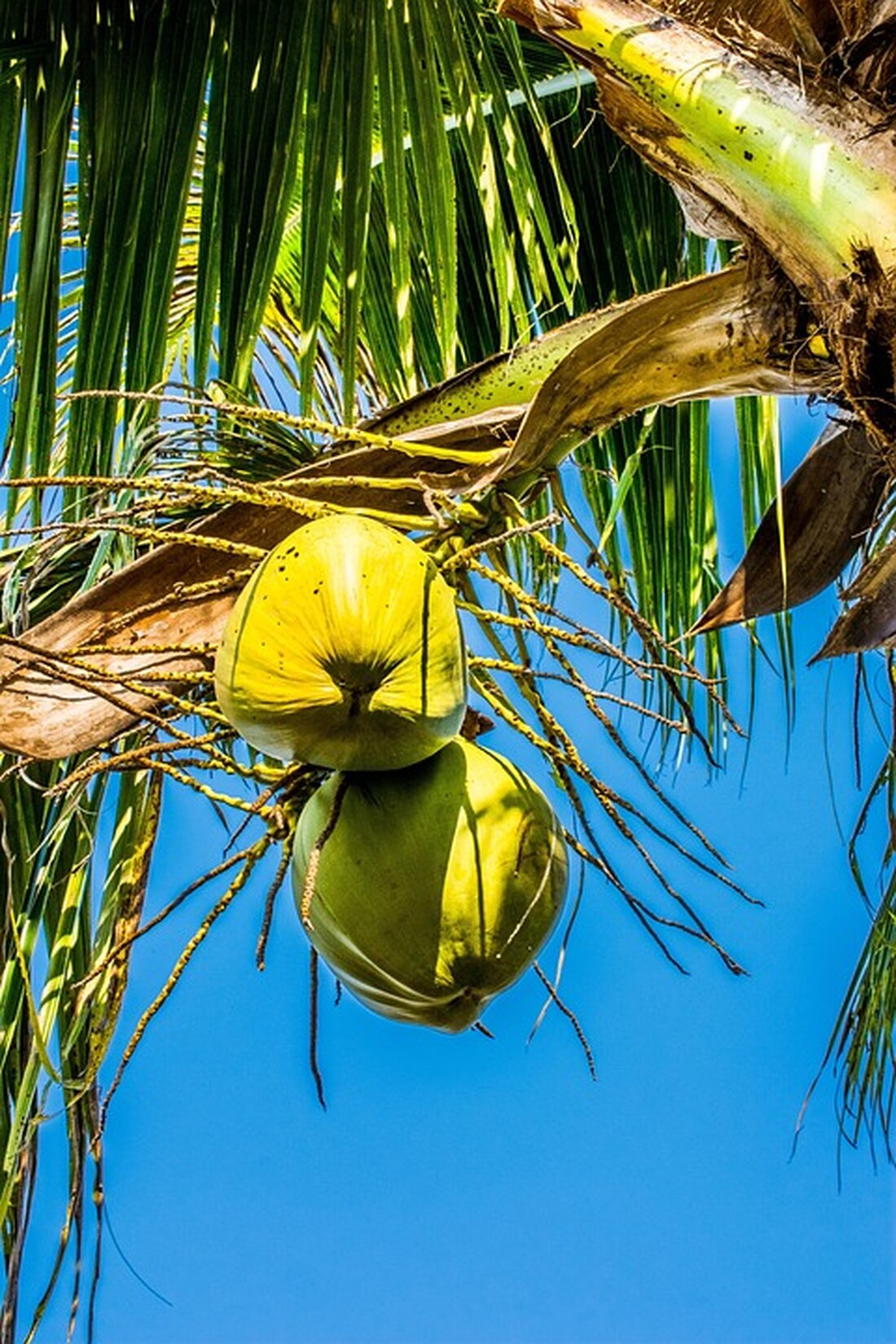US warship flees backwards with coconuts-sunken bug discovered
US warship flees backwards with coconuts-sunken bug discovered
A US Navy cruiser that was damaged during a battle in the Pacific in World War II, has taken new insight into one of the most remarkable stories in the history of service.
the US New Orleans and her heroic crew members
More than 80 years ago, the USS New Orleans was met with a hastily laced coconut trunks after being hit by a Japanese torpedo and lost numerous seafarers before it was a 1,800 miles long trip over the Pacific in the opposite direction.
The discovery of the ship bugg
The bow of the ship had dropped to the sea floor. But at the weekend the nautilus live Expedition of the Ocean Exploration Trust him in 675 meters (2,214 feet) Water depth in the Iron Bottom Sound of the Solomonians.
Scientists and historians observed using remote -controlled underwater vehicles "Details in the ship structure, painting and the anchor in order to clearly identify the wreck as the New Orleans," according to the website of the expedition.
The Battle of Tassafaronga
On November 30, 1942, the New Orleans was hit on its Packbord side during the Battle of Tassafaronga, in front of the island of Guadal Canal, as an official navy report on the incident. The explosion of the torpedo inflamed ammunition in the front ammunition magazine of the New Orleans and tore off the first 20% of the 588 -foot warship, whereby more than 180 of the 900 crew members were killed.
creative solutions for survival
The crew worked to seal walls to prevent water from entering the rest of the ship. She managed to get into the port of the island of Tulagi, where seafarers went into the jungle to obtain repair materials. "To camouflage your ship in front of air strikes, the crew gathered a bug of coconut trunks," said a report by the US Navy.
The return trip to Australia
With this provisional bug, the ship - in reverse direction - drove around 1,800 miles across the Pacific to Australia for solid repairs, as a report by the National Wwii Museum in Louisiana describes.
The challenge of reverse sailing
The retired US navy captain Carl Schuster described CNN the remarkable ability to sail a warship backwards on such a large route. "" Difficult 'does not describe the challenge nearly sufficient, "says Schuster. The bow of a ship is designed to cut through waves, but the rear area is not; This means that the wave movement lifts the rear and lowers what makes tax more difficult.
The engineering of the crew
Due to the loss of the bow area, the center of maneuverability and the “pivot point” of the ship changed, which had an impact on the control and reaction to waves and wind. The new Orleans officers had to learn a whole new series of maneuvers and commands while driving to control the ship stable and in the right direction. The ingenuity and adaptability that the New Orleans secured survival at the Battle of Tassafaronga enabled her to play a significant role later in the war.
further missions and awards
After crossing the Pacific of Australia to the US Marine Hall in Puget Sound, Washington-this time in the right direction-permanent repairs were made at New Orleans. She then took part in decisive battles in the Pacific, including the decisive battles around Saipan and Okinawa, which opened the United States access to air support points that enabled the final blow against the Japan Empire. The ship received 17 fighter star awards for its missions in the Pacific, which makes it one of the highest decorated ships in the Pacific conflict, according to the World War II Museum.
The Maritime Archeology Expedition
The bug of the New Orleans was found during the 21-day Maritime Archaeology of Guadalcanal expedition in the Iron Bottom Sound of Nautilus Live, a cooperation between Noaa Ocean Exploration, the Ocean Exploration Cooperative Institute, the University of New Hampshire and the Naval History and Heritage Command. Iron Bottom Sound was referred to as Savo Sound before the Second World War, but received his current name due to the large number of warships that sank there in battle.
statistics and conclusions
According to the expedition, five significant Naval battles took place between August and December 1942, in which more than 20,000 human lives and 111 naval units and 1,450 aircraft were lost on all sides. Before the expedition, "fewer than 100 of these American, Japanese, Australian and New Zealand military ships and planes were localized," said the expedition. The expedition began on July 2 and continued until July 23. The ongoing searches are streamed live on nautiluslive.org.


Kommentare (0)